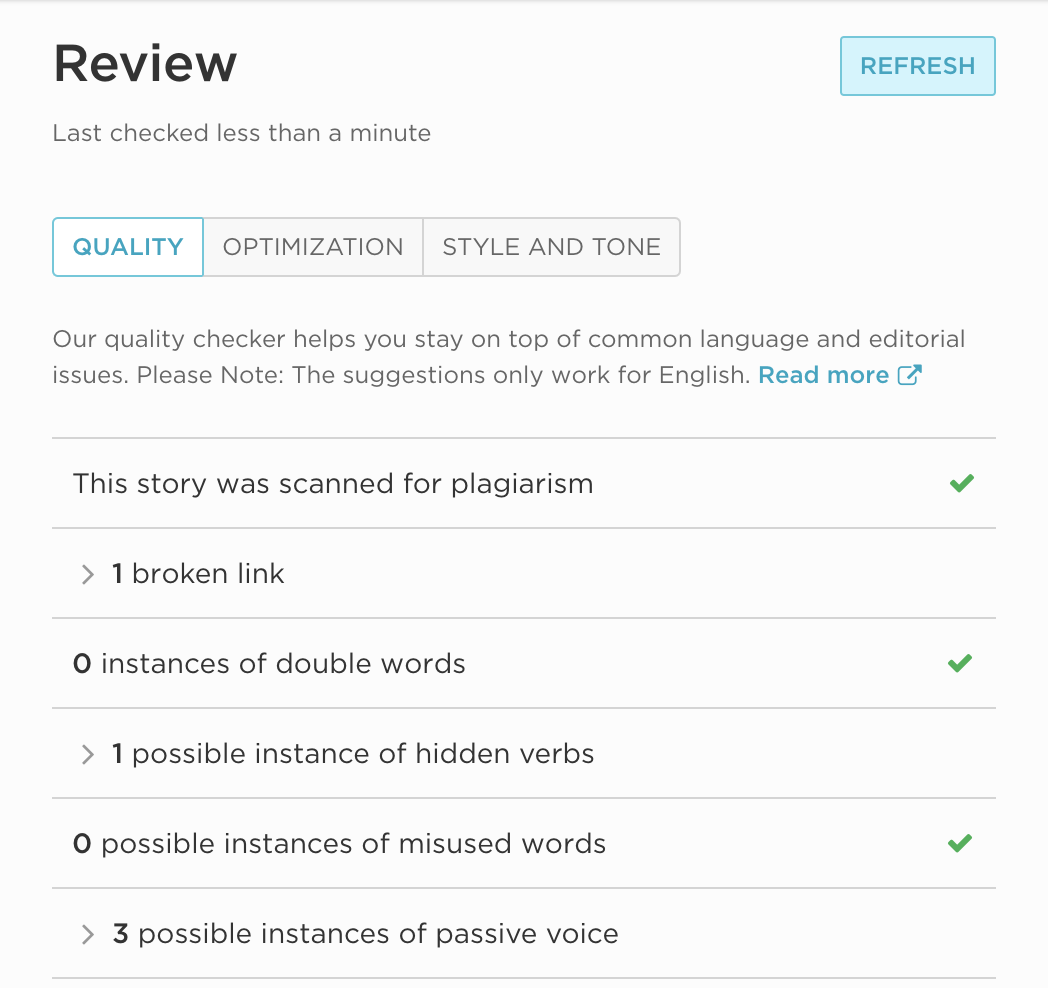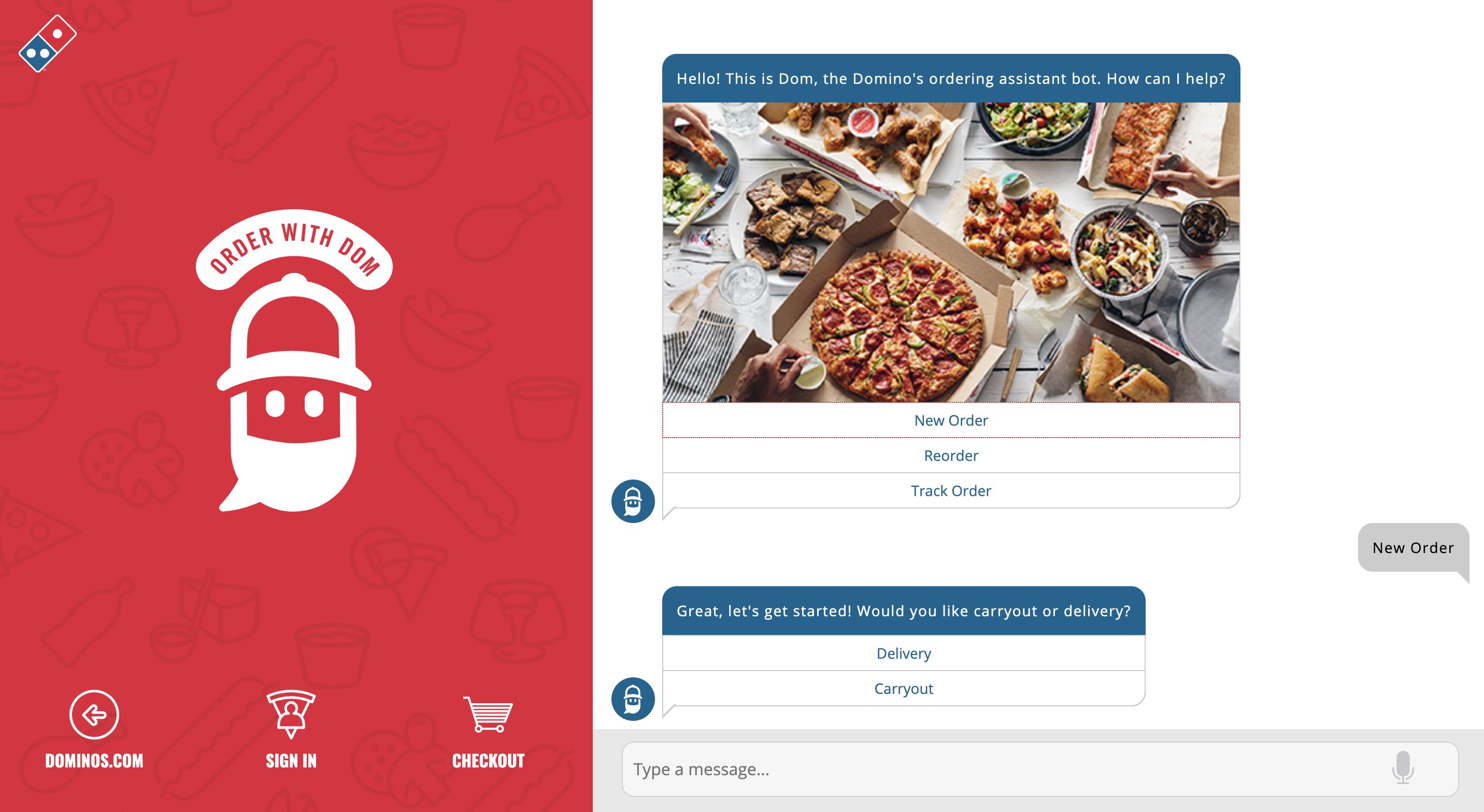Content Marketing
5 Use Cases for Natural Language Processing (NLP) in Content Marketing Beyond SEO
Whenever someone posts on social media, searches on Google, writes a product review, or engages with a chatbot, they leave behind a trail of information. As content marketers, the wealth of information driven by human language can help us understand our audience and impact our decisions.
Natural language processing (NLP) allows us to quickly scour all this data to identify patterns, context, and deeper meaning. It uses artificial intelligence, machine learning, computer science, and linguistics to process and analyze written or spoken language and convert it into data.
Google, Siri, and Alexa are all examples of NLP in action. And now there’s also GPT-3, the widely discussed “large language model” that recently made waves across industries, including marketing, for its ability to craft copy rapidly based on user-set parameters.
NLP technology has improved to the point where it can more accurately give users results despite the many ambiguities of human language—idioms, sarcasm, metaphors, and so on.
Integrating NLP Into Your Content Marketing Efforts
As a content marketer, you may think of NLP as a term you would hear from your engineering friends. But its application can truly help content marketers in a variety of areas.
1. NLP for Market Research and Competitor Analysis
We know how valuable customer research can be in driving your content strategy. The information you collect often determines the channels you publish on, the topics you write about, and your overarching narrative.
NLP tools can help you easily scour content to help you understand your audience’s needs. In practice, this may look like:
- Topic extraction: Extract common themes or topics from a data set using NLP. The market intelligence software Klue, for instance, automatically collects millions of data points from across the internet to understand what your audience discusses in the press, social media, product reviews, and elsewhere. Klue also specializes in giving clients insight into where their competitors are ranking in these channels.
- Audience identification: Identify characteristics of different audience groups by analyzing consistent keywords and themes with NLP. In other words, you can analyze the jargon used by those contacting or communicating with you and target your efforts toward those audiences.
- Market research: Discover content ideas to fill gaps with NLP tools that can conduct analyses of your website and your competitors’ sites. Like Klue, Crayon allows you to understand competitors’ social media campaigns, content strategies, and changes to their messaging.
2. NLP for Sentiment Analysis
In a nutshell, sentiment analysis is an NLP technique that determines the emotional value of communications and tracks changes in attitudes, often by using a positive-negative scale.
As a content marketer, sentiment analysis tools like Monkeylearn, Lexalytics, or Brandwatch can track attitudes toward your company, products, or services based on written or spoken content. Then, you can create content that addresses the key issues at hand. In practice, this may mean publishing a social post or press release to address a common audience concern or hesitation about your brand.
According to Indeed, you can use sentiment analysis in marketing to:
- Define your market niche by understanding what your brand means to your audience
- Improve customer success content
- Manage public relations and detect emerging crises
- Adjust your messaging and approaches to product development
- Monitor attitudes toward your competitors
- Identify influencers in your industry
3. NLP for Chatbots and Customer Support
According to a Userlike survey, 80 percent of customers have interacted with a chatbot before. While fast to respond, chatbots have their limits and may be better suited for simple requests—though these services can (and will) improve in the future as AI rapidly advances.
If you use chatbots and similar technologies for customer support, NLP tools like ManyChat or Chatfuel can help you filter out lower-priority inquiries and determine whether a user is a quality prospect.
By integrating chatbots into your marketing strategy, you can also interpret human language to personalize the user experience on your website, automate processes (like scheduling meetings), and auto-qualify leads.
4. NLP for Writing and Editing
In addition to helping with audience research, some of the latest advances in NLP allow you to automatically edit and even write content using the power of AI.
- Editing: You might be familiar with tools like Grammarly, which can proofread copy for grammar, voice, tone, readability, punctuation, and more — and provide suggestions for improvement in real time. Even as I write this blog post, Contently uses NLP to track my use of passive voice, misused words, hidden verbs, and possible instances of plagiarism.
- SEO optimization: Tools like Yoast, a WordPress CMS plugin, analyze landing pages or blog posts to determine their SEO “score” and readability. Essentially, these tools can help you determine whether a given web page will likely rank high on Google or if changes are otherwise needed.
- Writing: Today, GPT-3 tools — like the widely discussed ChatGPT platform — also enable you to automatically (and quickly) produce a high volume of content. Submit a content brief or specific parameters for your content asset, and ChatGPT starts writing. GPT-3 is now the underlying language for dozens of technology tools, including Jasper.ai.

While GPT-3 and other tools can help create content, humans still need to review (and fact-check) everything they publish. On GPT-3, for instance, “hallucinations,” factual-sounding statements that aren’t connected to real research, are common — and not always so easy to spot. Ultimately, you (not a machine) are the one who really understands your content strategy best.
5. NLP for Content Personalization
Sometimes, members of your target audience have different wants or needs in the content they consume. In identifying personalized interest by tracking their experience on your website, you can then generate personalized content for specific members of your target audience — and NLP can help.
Personalized content may look different based on your audience’s previous interactions with your content, geographic location, demographics, or other parameters. (In practice, this may mean using a different email subject line for recipients based on their current funnel stage or geographic location, as one example.)
Getting Started With NLP in Content Marketing
When it comes to NLP in content marketing, it may be difficult to know exactly where you should start. First, determine your (and your team’s) top priorities and challenges, from content ideation through distribution. Then, identify the role NLP-driven MarTech tools can play in meeting those needs before you discuss adding them to your tech stack with leadership.
Prioritize the NLP tools that align best with your content strategy, are most likely to drive results, and will allow you to learn about your audience. Remember that how you decide to integrate NLP into your marketing efforts will depend largely on your budget and the internal resources you already have available across your team or larger organization. If you manage direct reports or freelancers, ask them for input and how language-based, AI-driven tools can help them better do their jobs.
Humans are still the primary drivers of content. And the right combination of AI and human input will ultimately drive the best results.
Schedule a Contently demo today to learn more about how our solution can drive your content strategy using the power of NLP.
Image by FreepikGet better at your job right now.
Read our monthly newsletter to master content marketing. It’s made for marketers, creators, and everyone in between.





